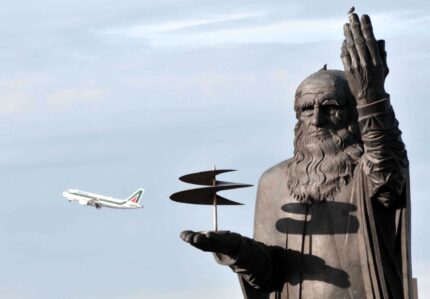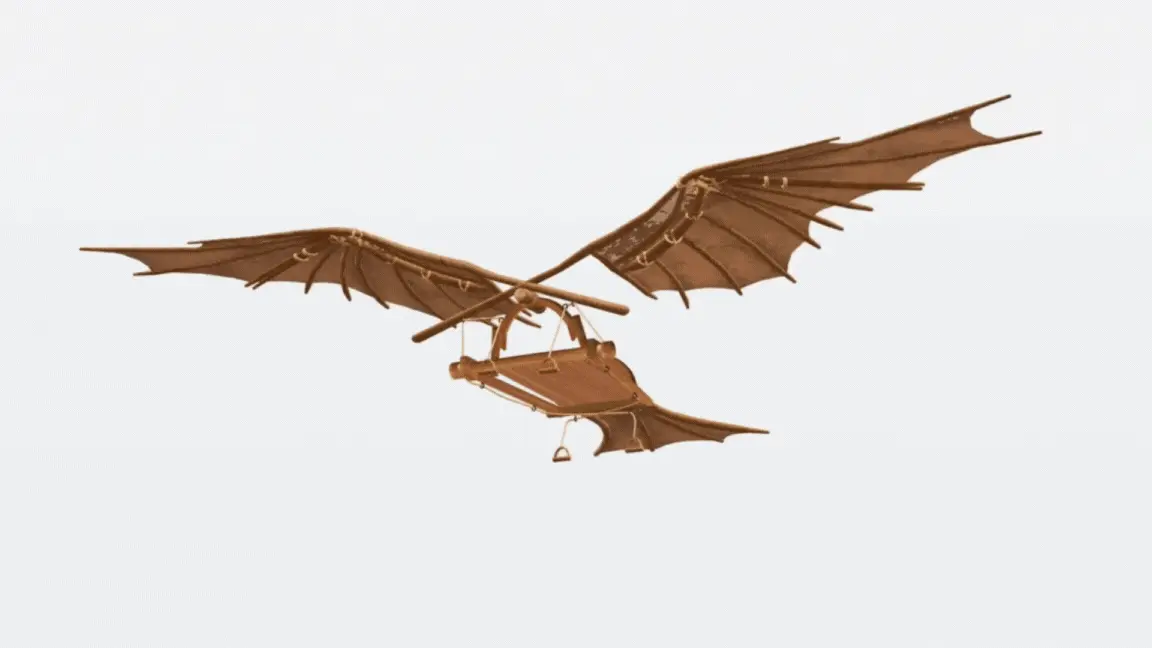 Google Arts & Culture, in collaboration with 28 museums, libraries and historic sites with collections of works by Leonardo da Vinci, has created an online hub dedicated to art, inventions and writings of the great Renaissance polymath. Inside a Genius Mind is the largest online retrospective of Leonardo’s works ever assembled with high-resolution scans of more than 3,000 drawings on 1,300 pages of Leonardo’s notebooks. His sketches, architectural designs, anatomical studies, weapons systems, flying machines and more, many of them never before available online, have been digitized and uploaded to the portal.
Google Arts & Culture, in collaboration with 28 museums, libraries and historic sites with collections of works by Leonardo da Vinci, has created an online hub dedicated to art, inventions and writings of the great Renaissance polymath. Inside a Genius Mind is the largest online retrospective of Leonardo’s works ever assembled with high-resolution scans of more than 3,000 drawings on 1,300 pages of Leonardo’s notebooks. His sketches, architectural designs, anatomical studies, weapons systems, flying machines and more, many of them never before available online, have been digitized and uploaded to the portal.
The online hub offers visitors a traditional route through Leonardo’s story. You can read his biography, examine his individual paintings in high definition with extensive annotations, and explore the notebooks. You can also find out more about his life and works by accessing the Leonardo Library, browsing categories of knowledge (architecture, anatomy), specific codices and different subjects in his sketches and types of inventions.
One of the world’s foremost experts in Leonardo da Vinci’s oeuvre, University of Oxford art historian Martin Kemp, has been enlisted to help curate the portal, alongside a curation team that includes a Machine Learning element. This curation team organized Leonardo’s notebooks into five themes — Secrets of Flight, Spirals, Earth as a Body, Perpetual Motion and Destruction — to allow users to move through his ideas and creative processes in the same lateral, thought-skipping way Leonardo himself used when he wrote them.
My favorite section is 10 Leonardo Inventions in 3D. Seeing models created from his notebooks has always been a highlight of museum exhibitions dedicated to Leonardo’s genius. It is sheer joy seeing his ideas and sketches converted into realistic 3D animations. The Leocopter, which the colossal bronze statue of him holds in one hand at the entrance to Fiumicino Airport in Rome, and the armoured tank both make the cut.













